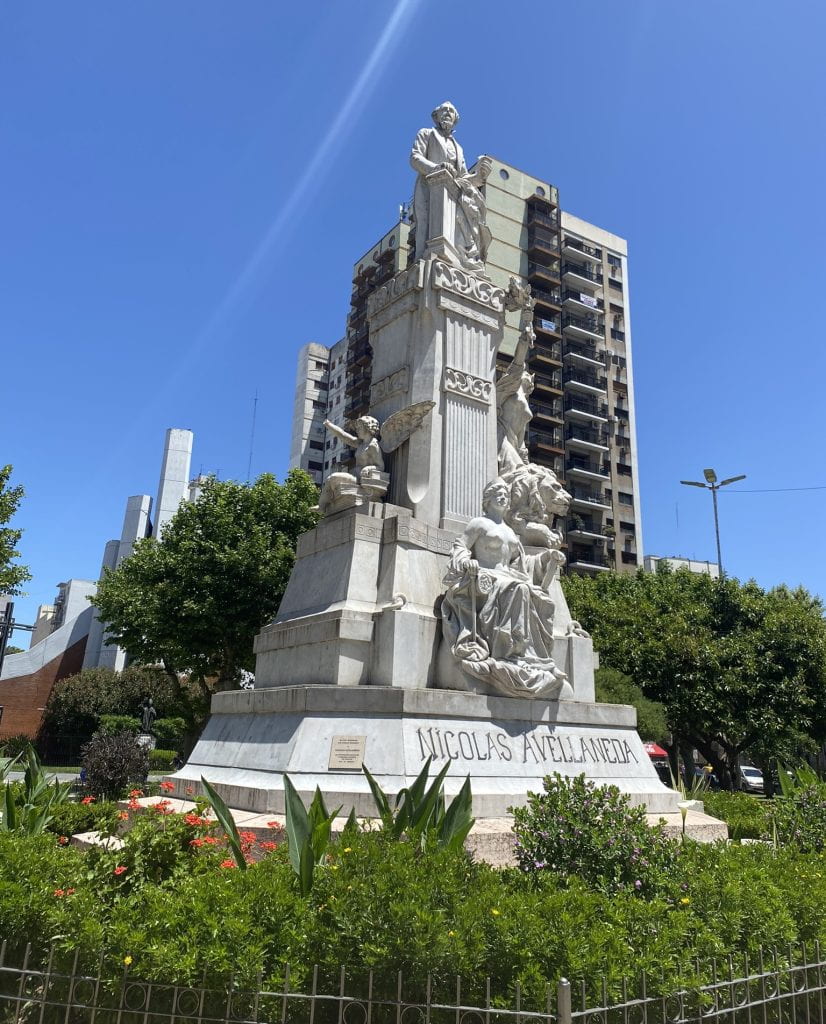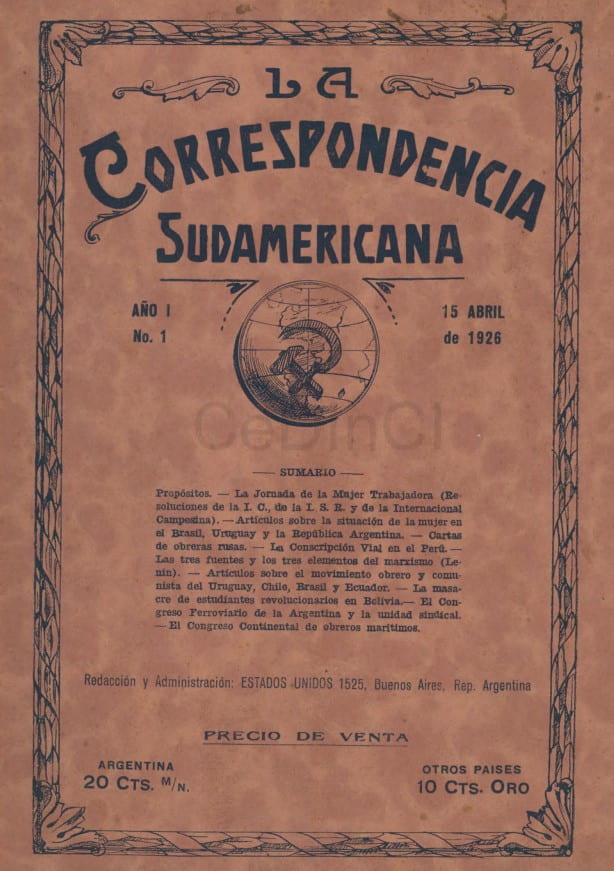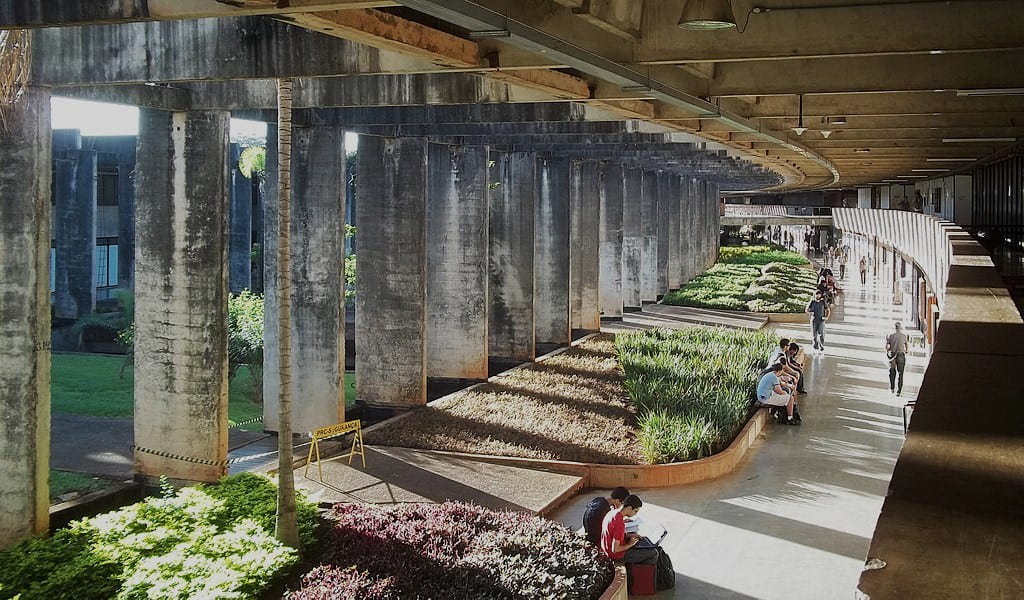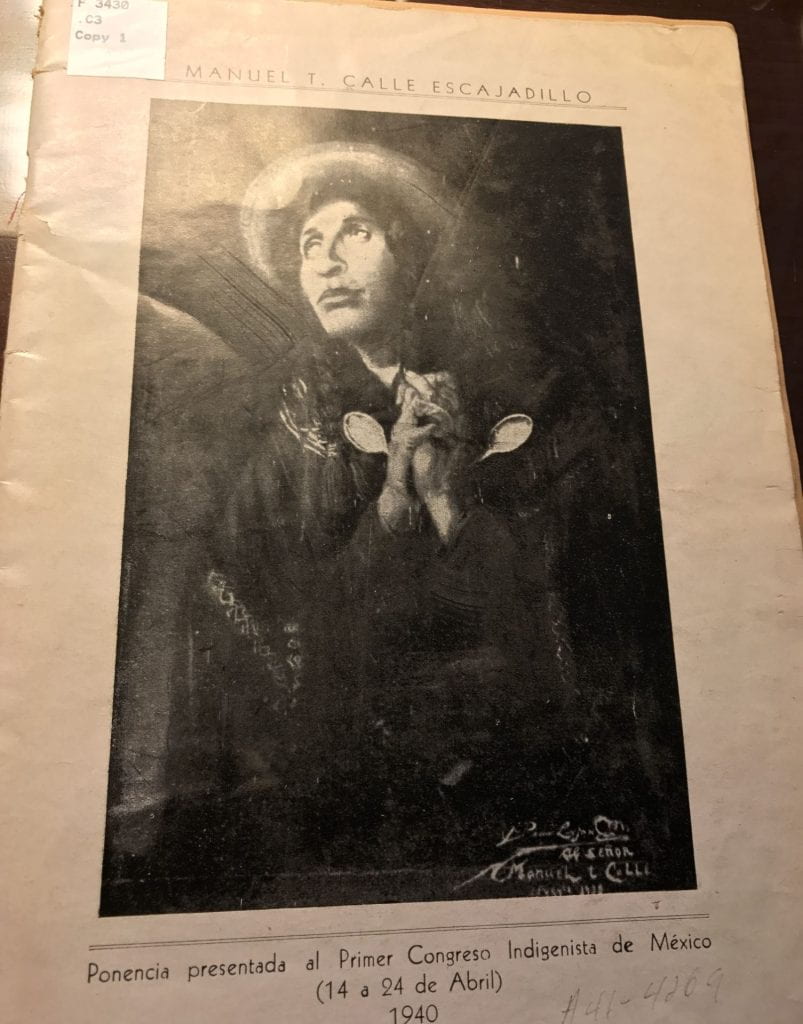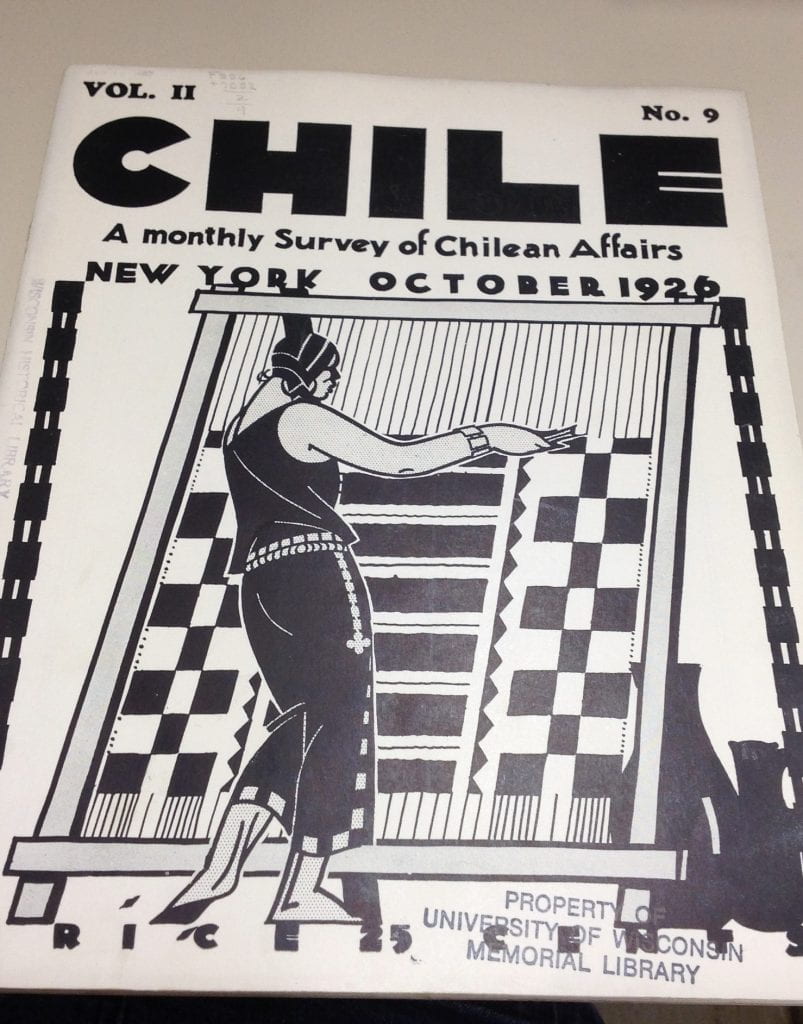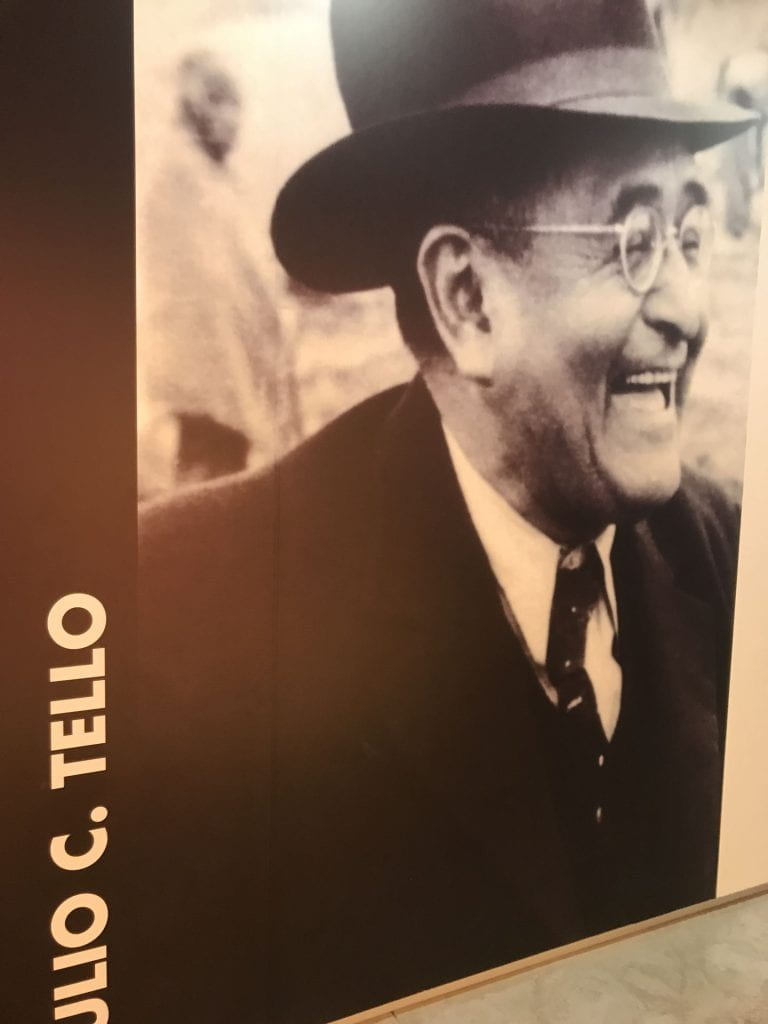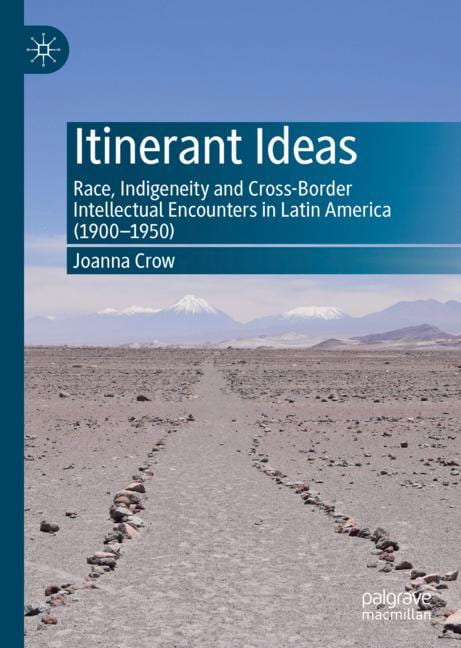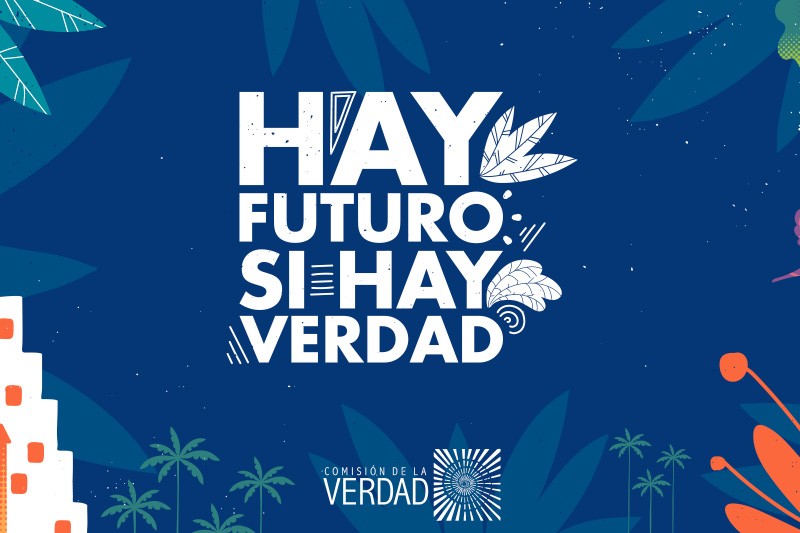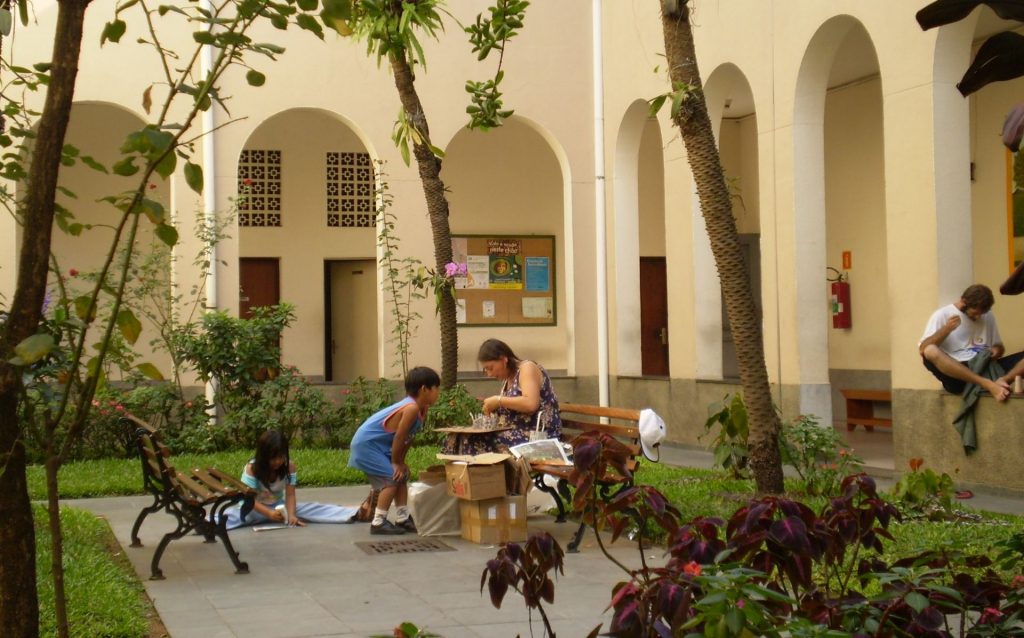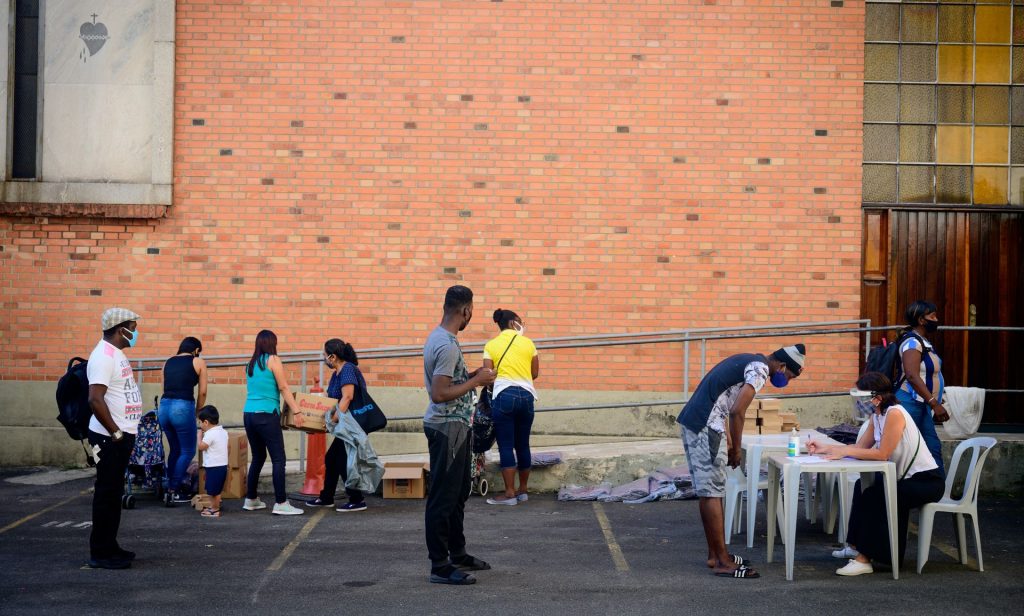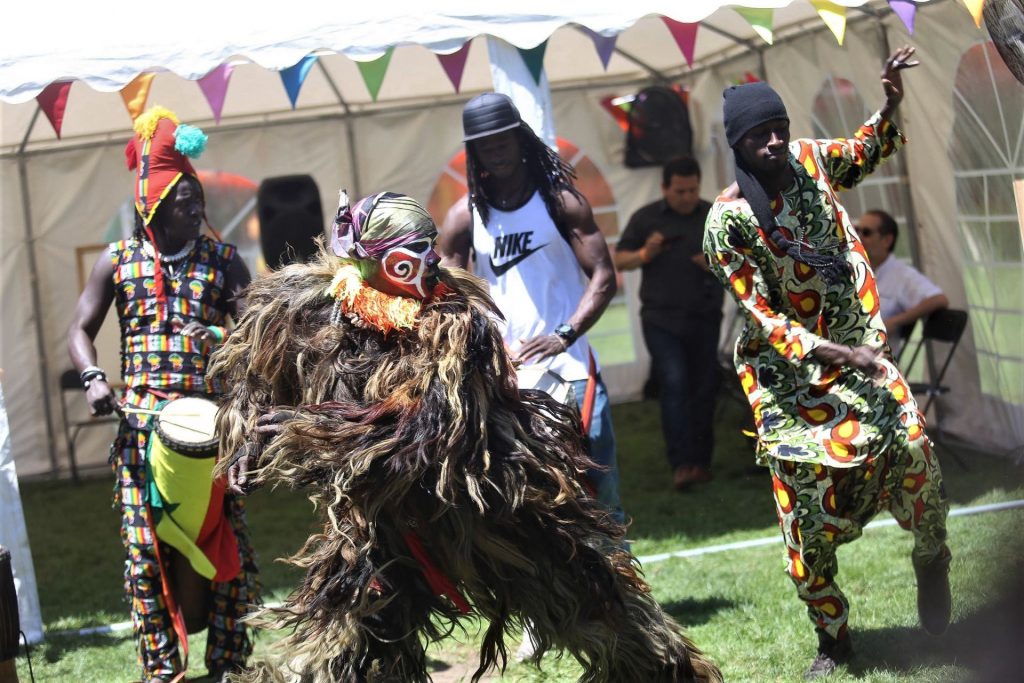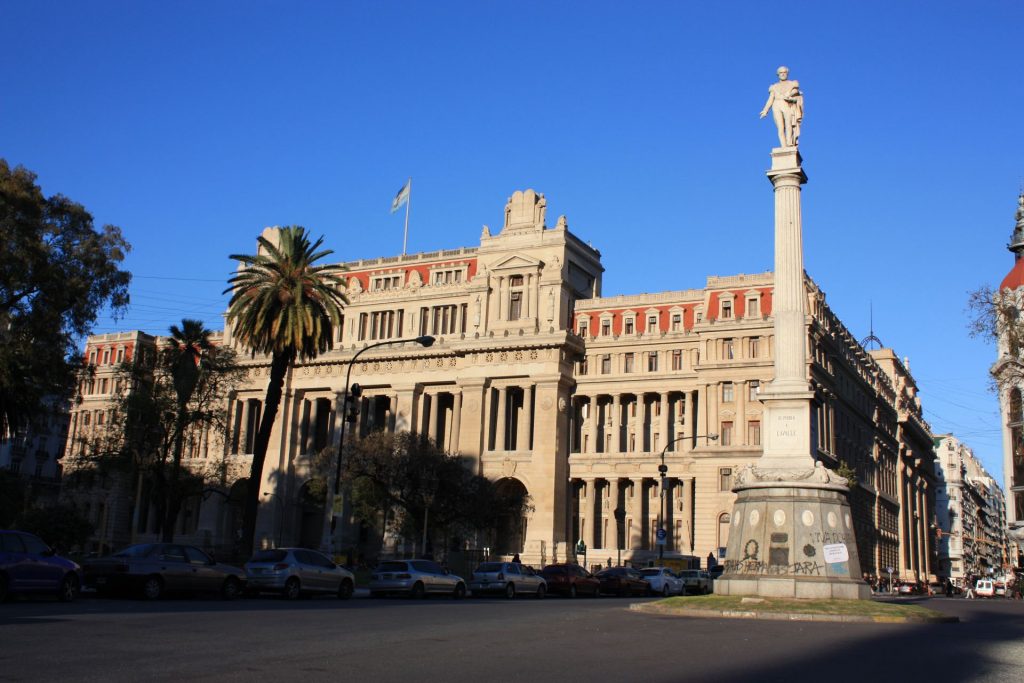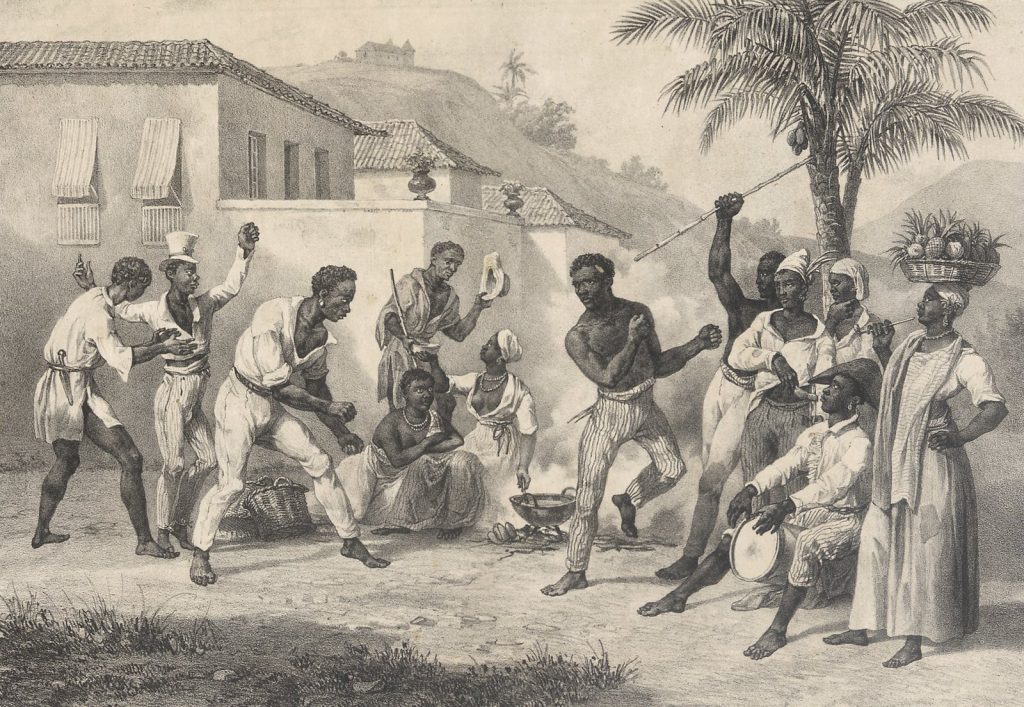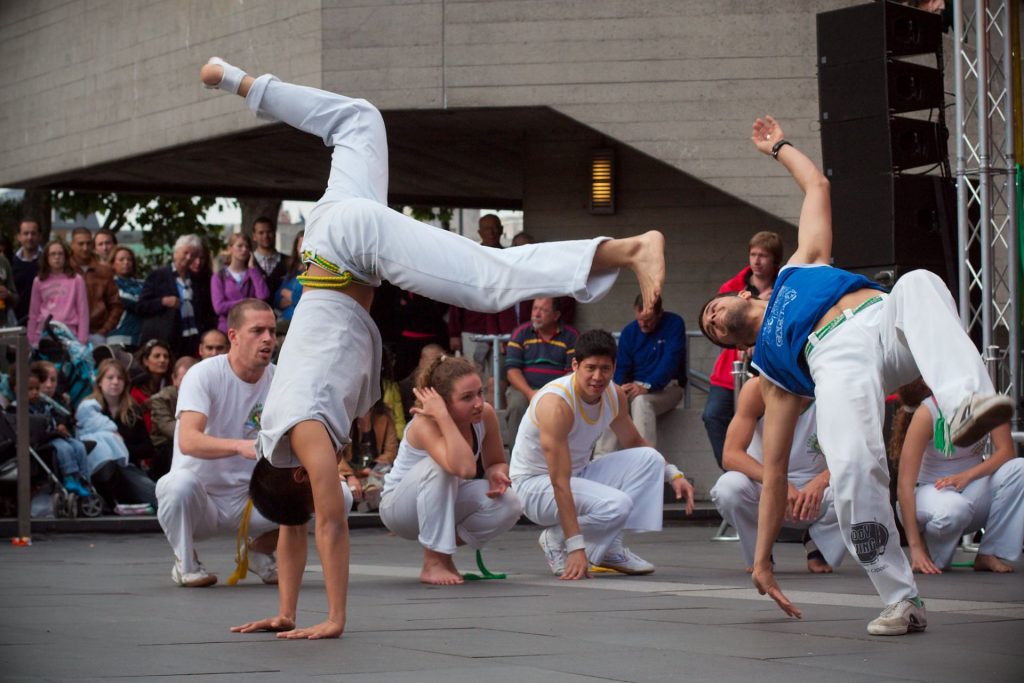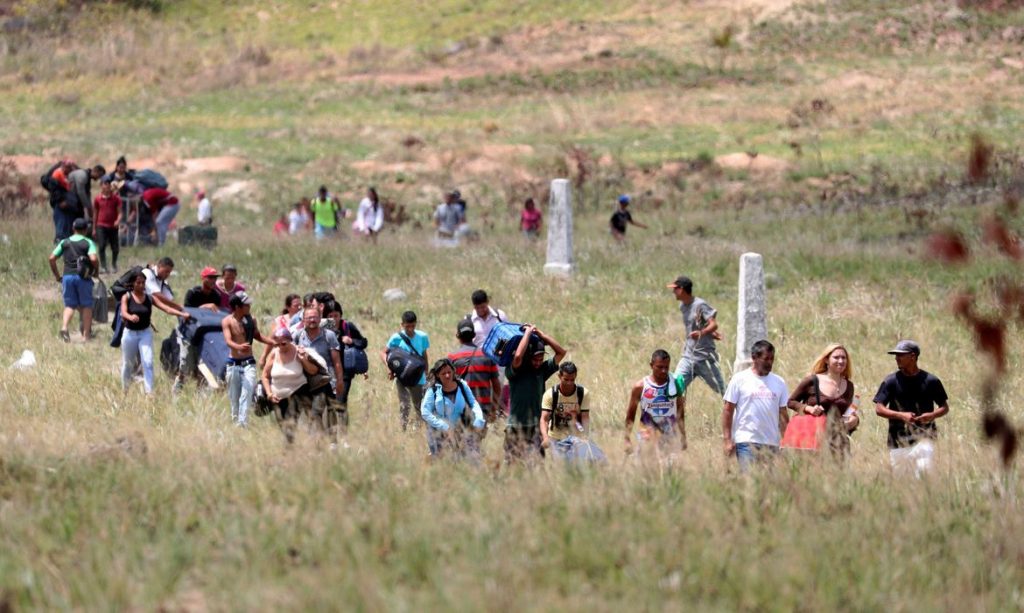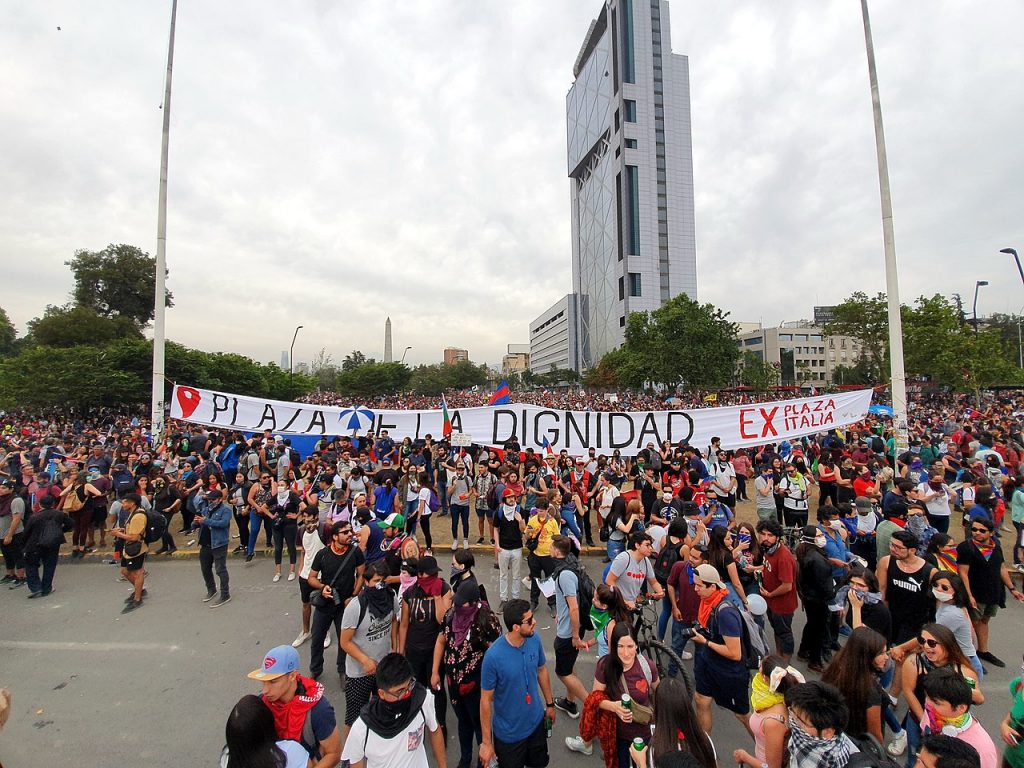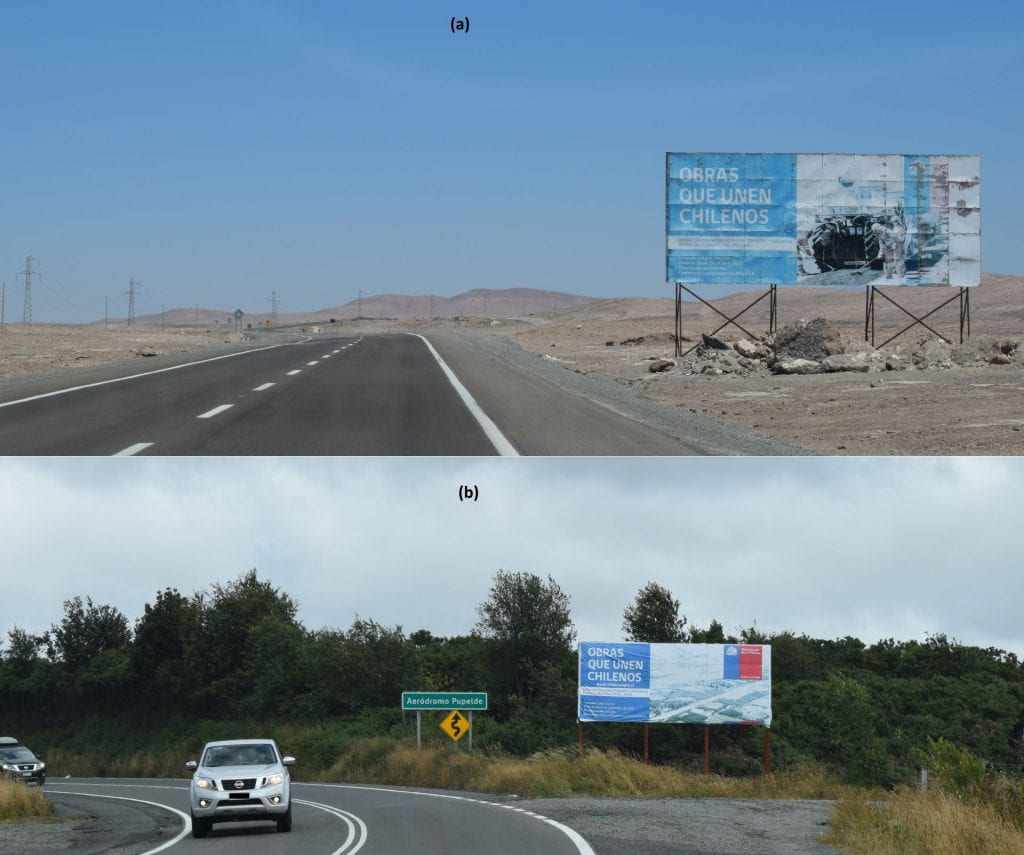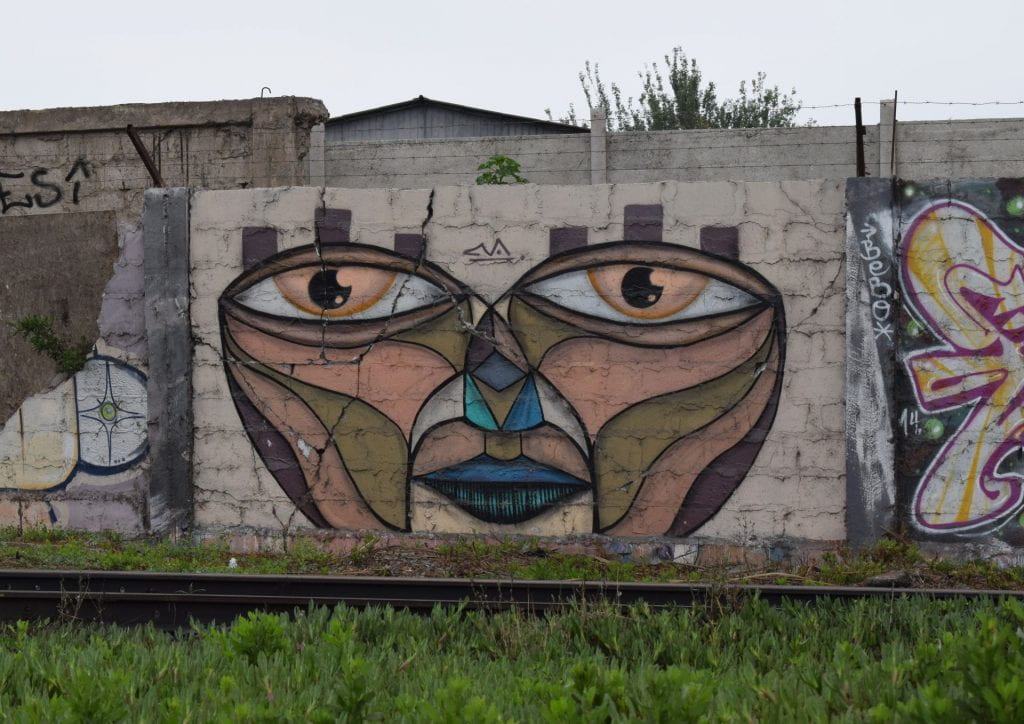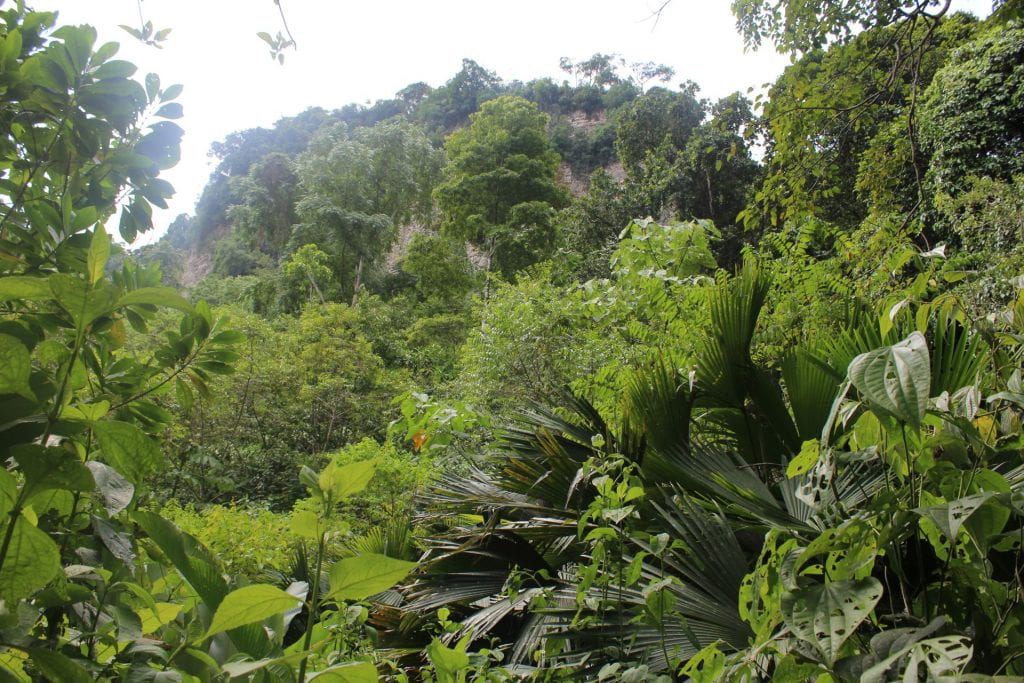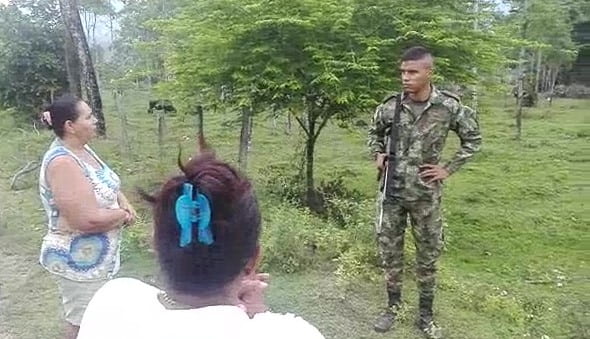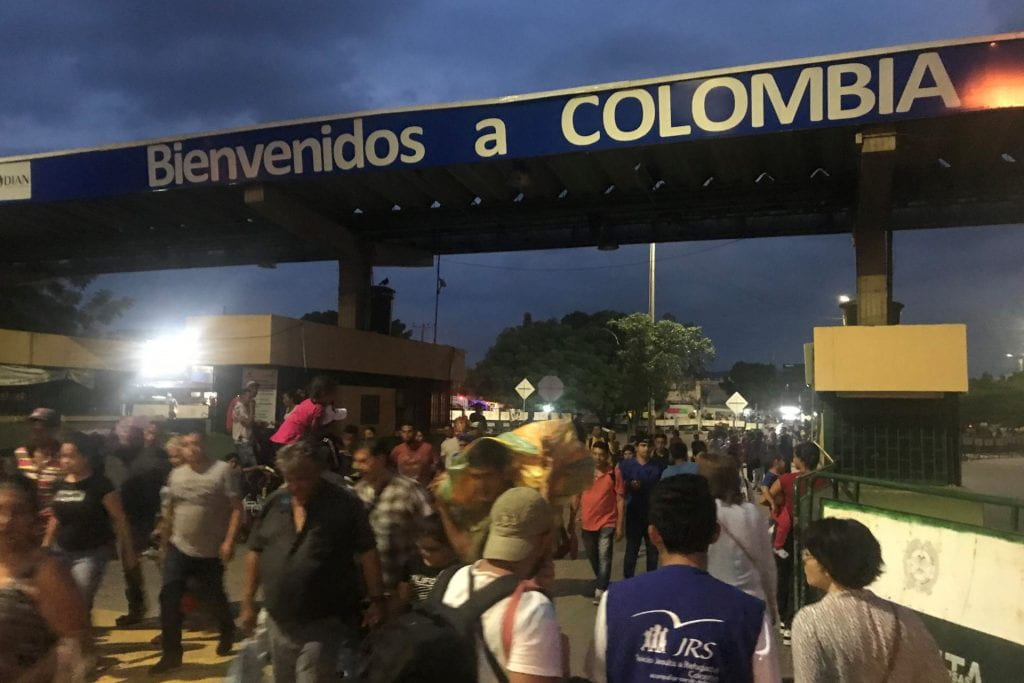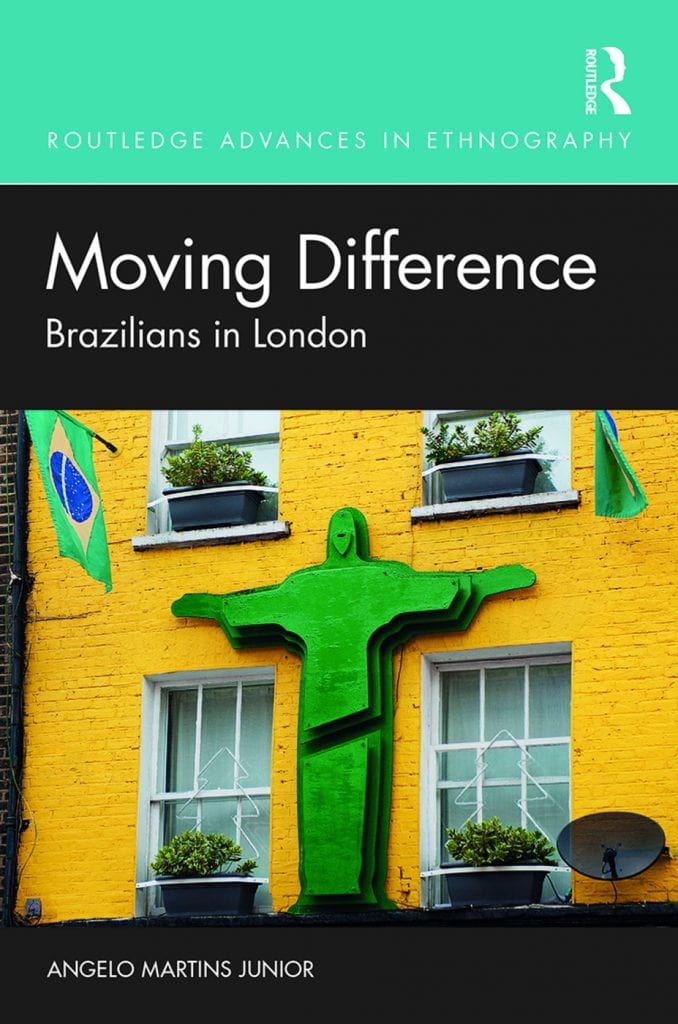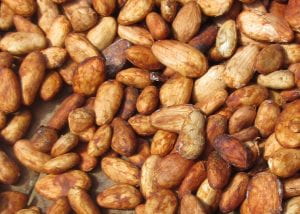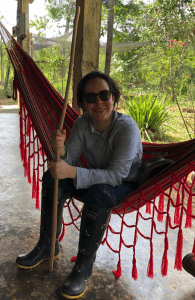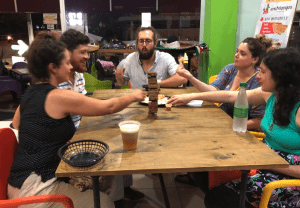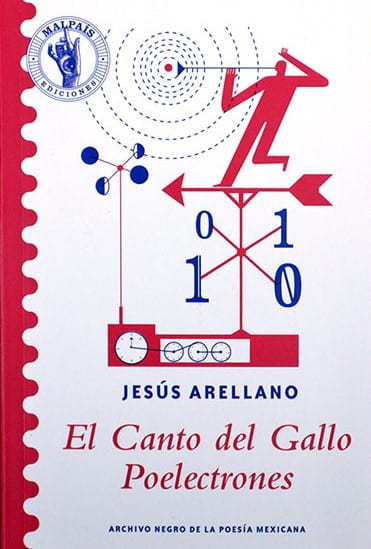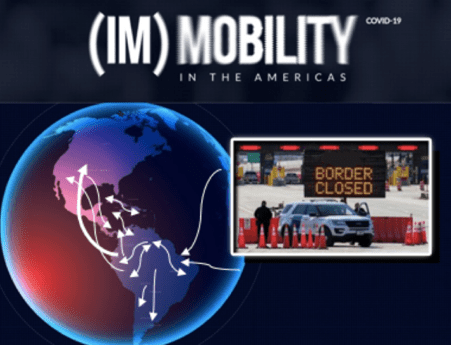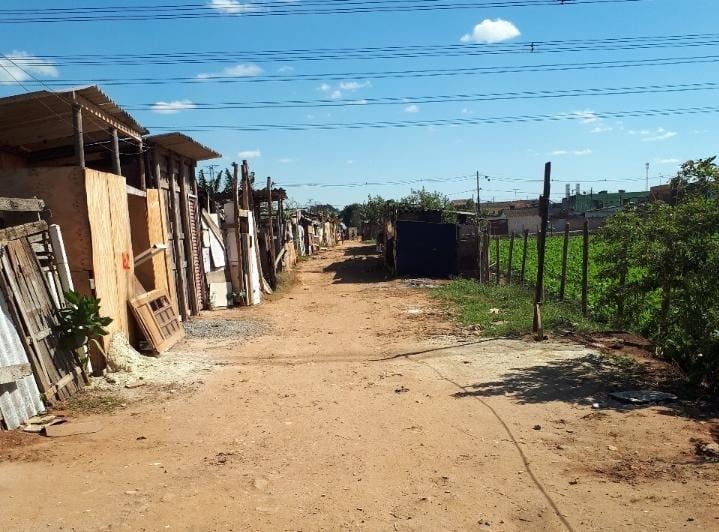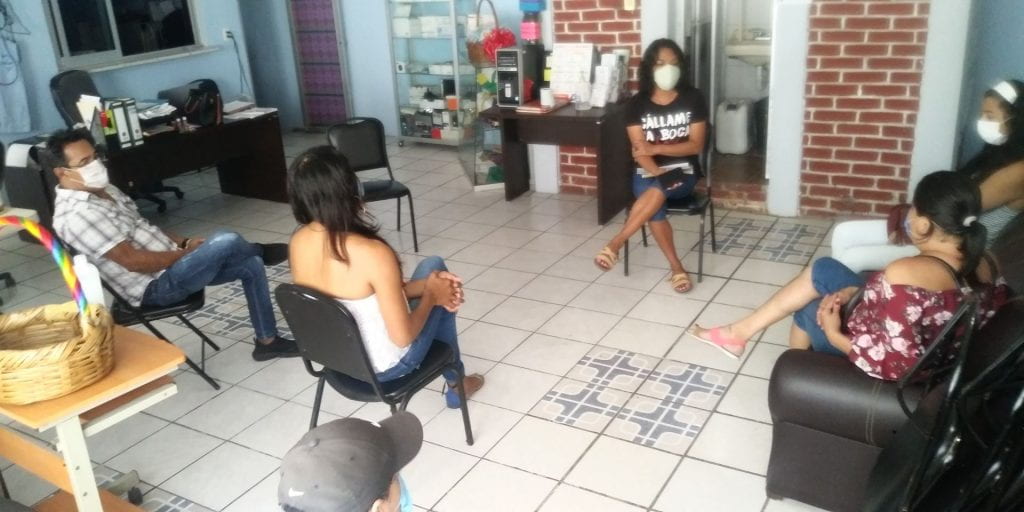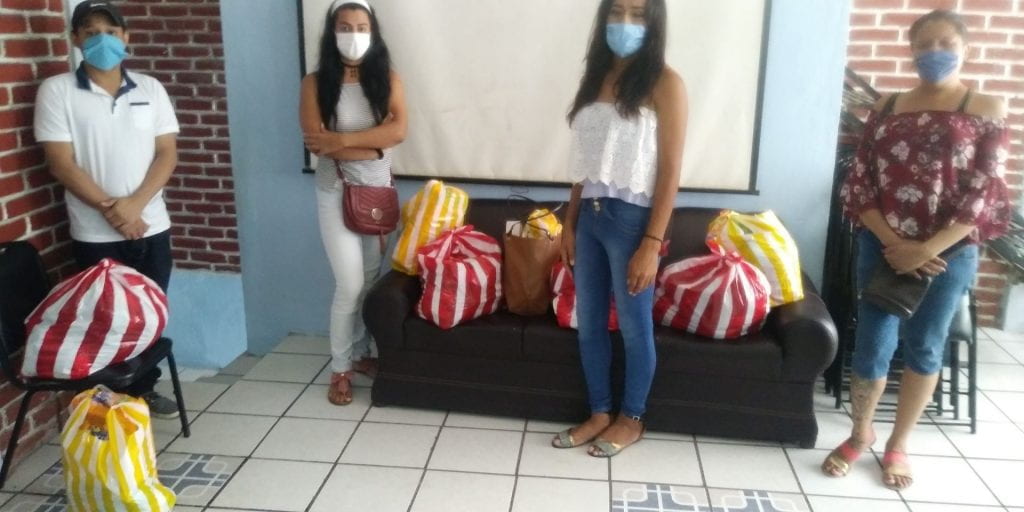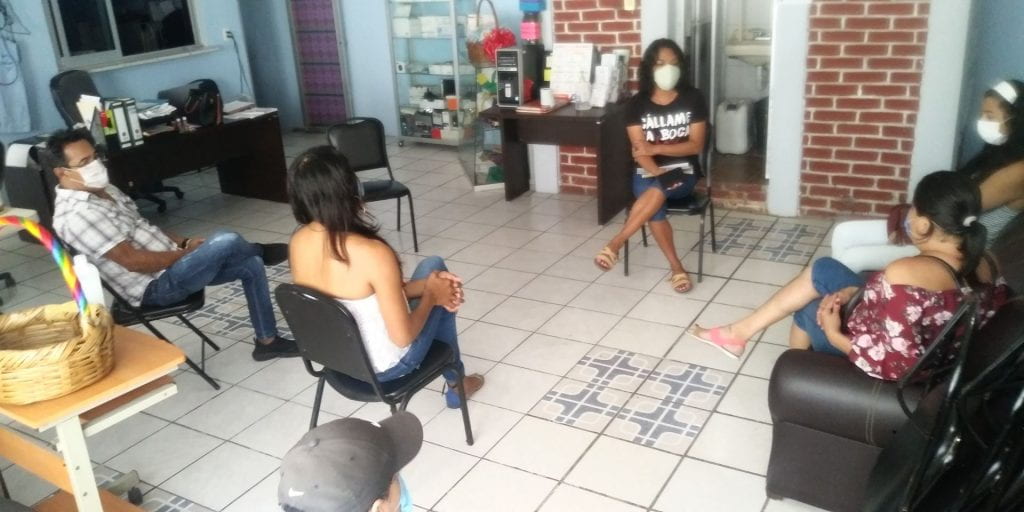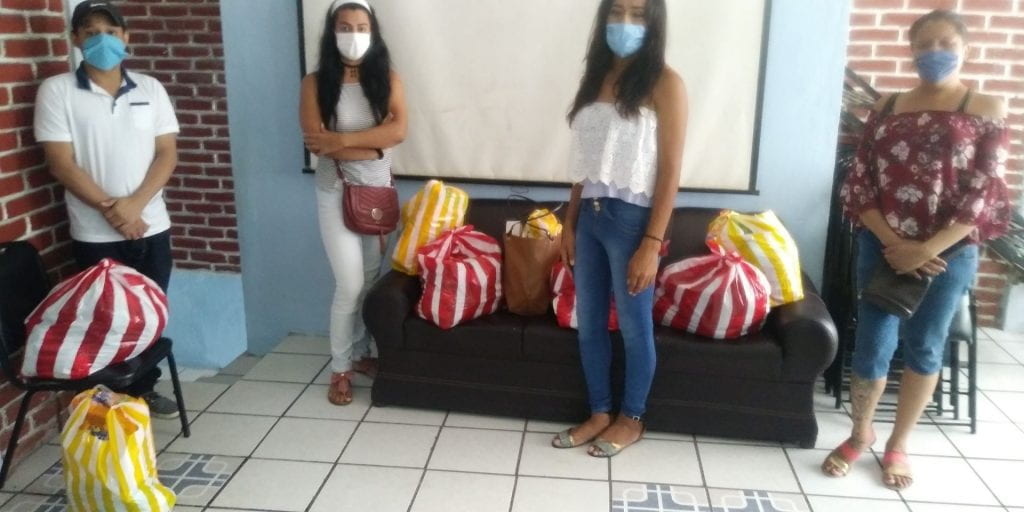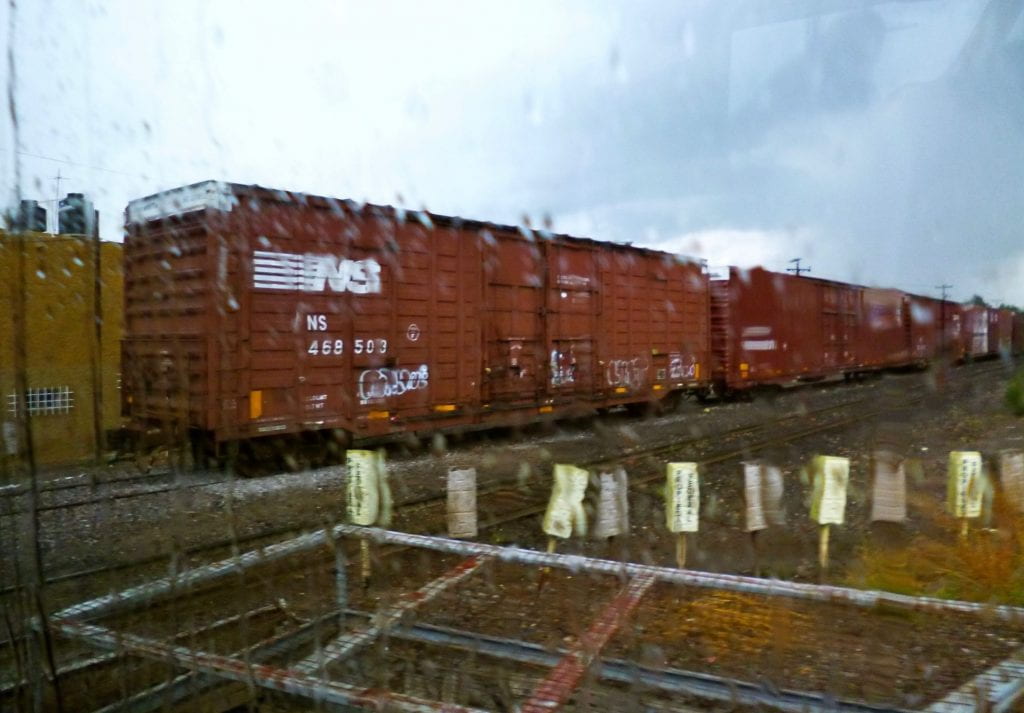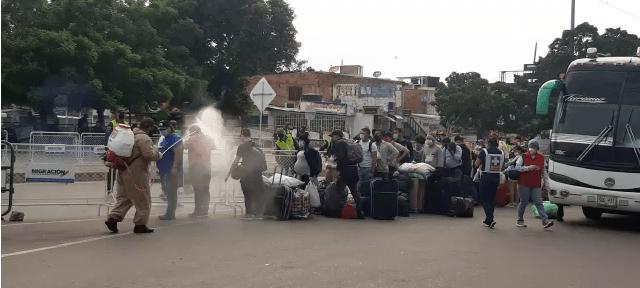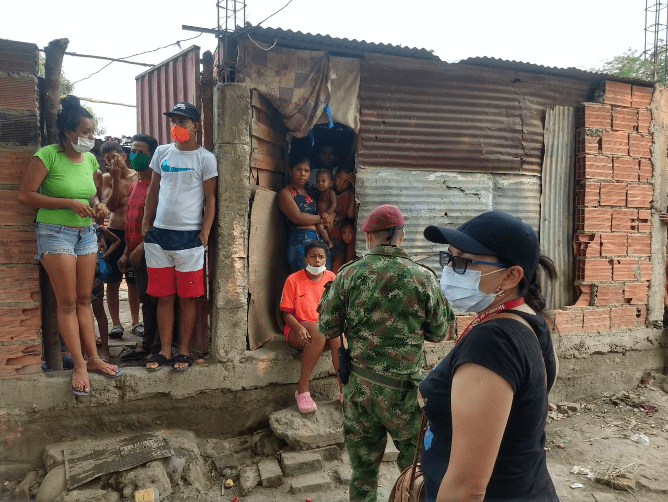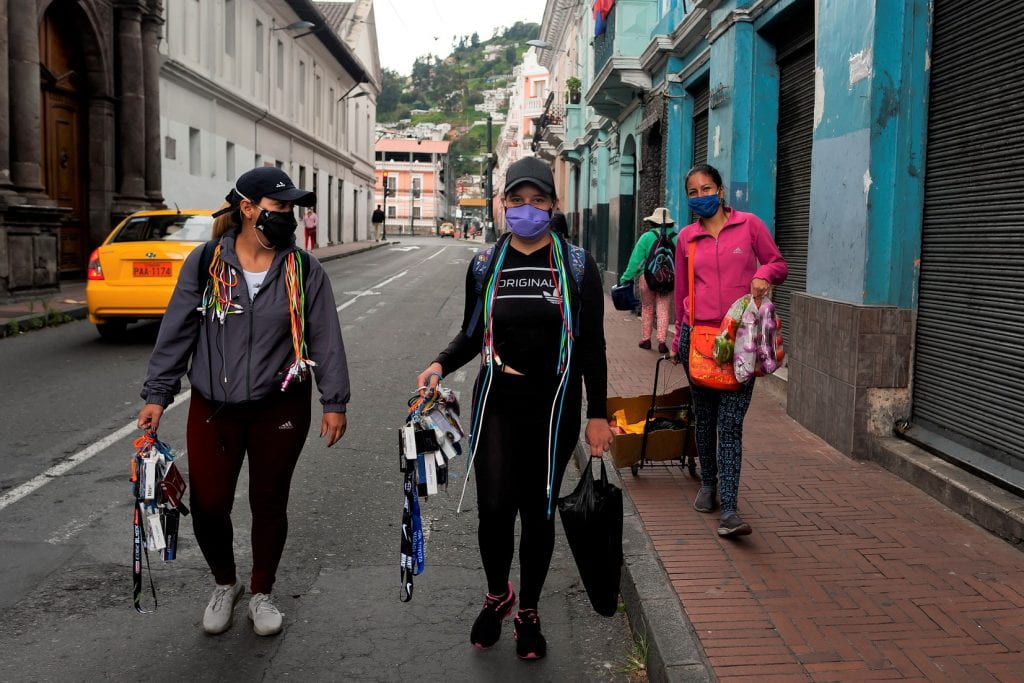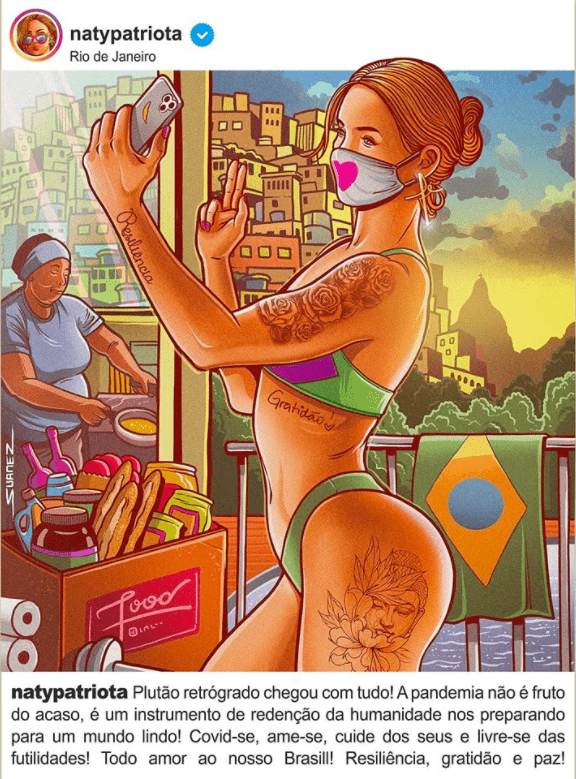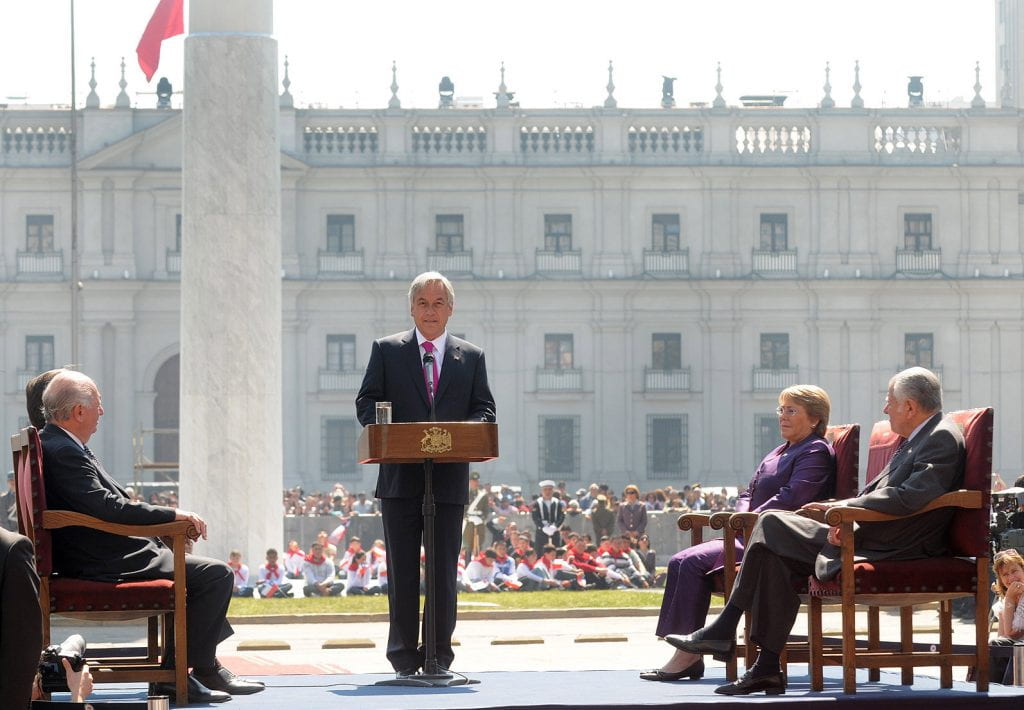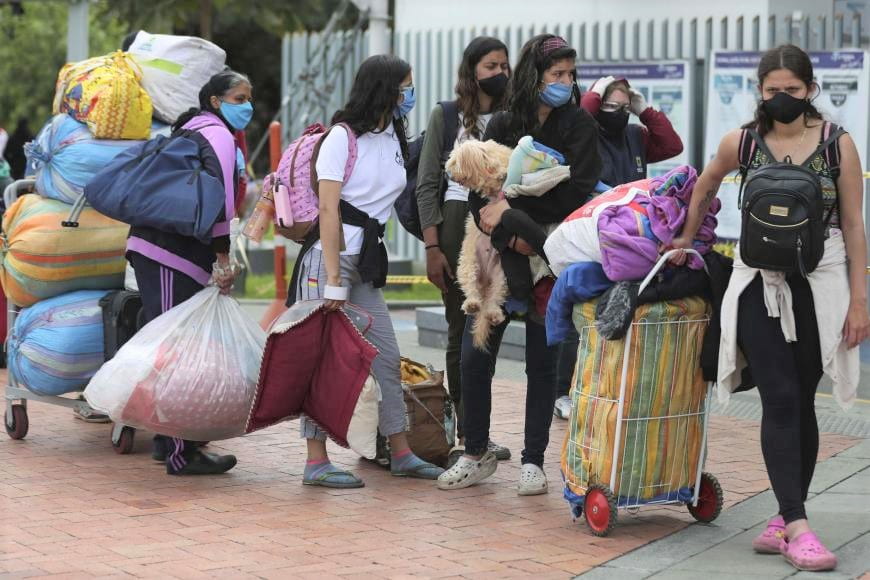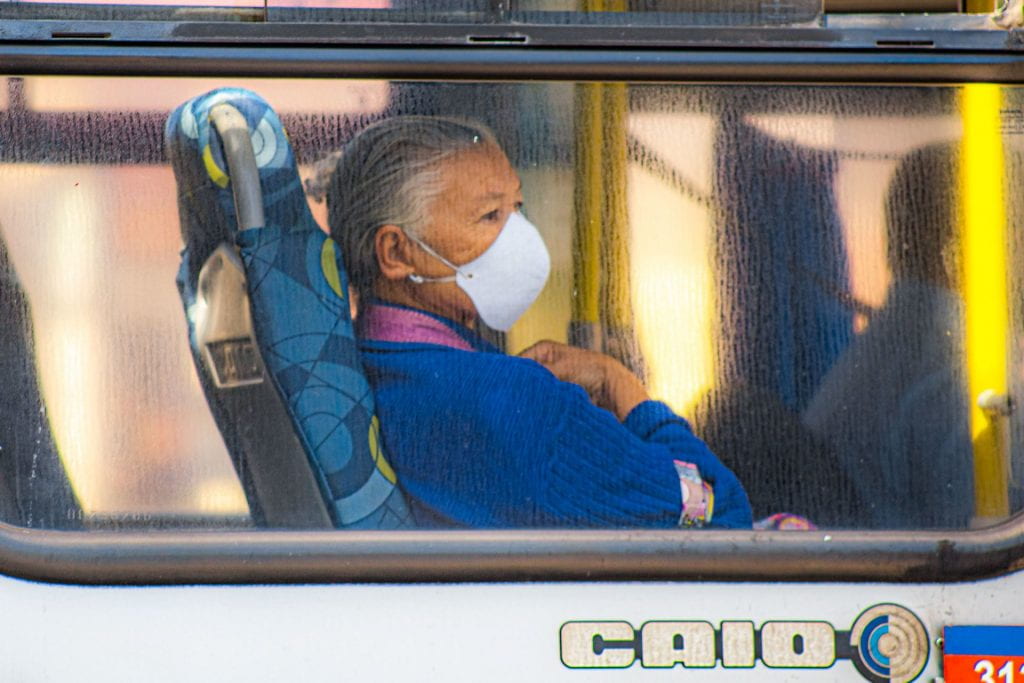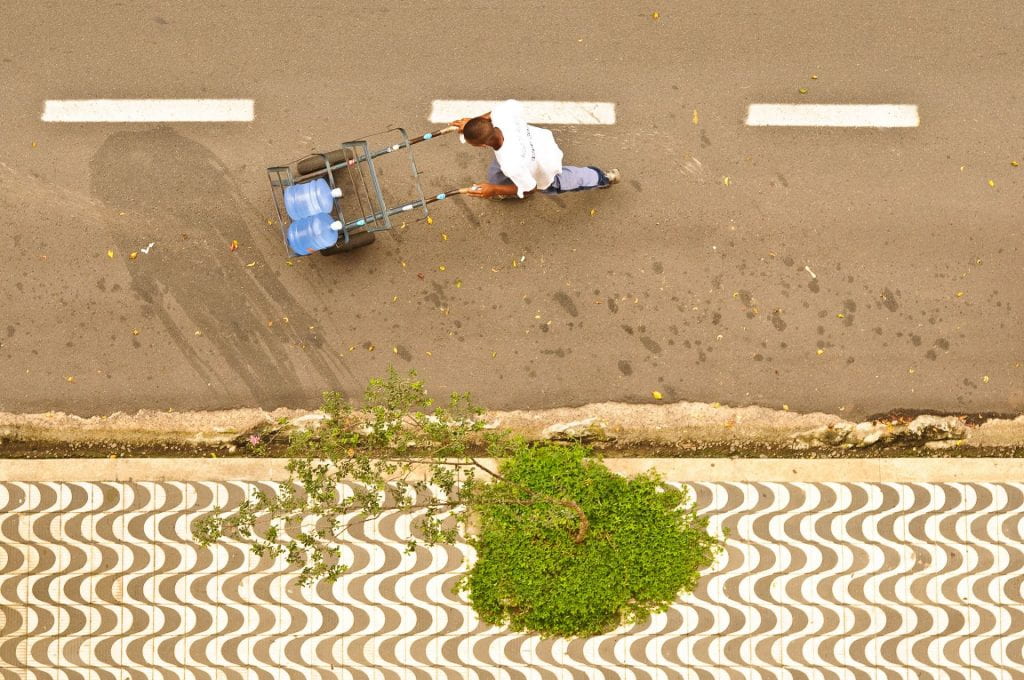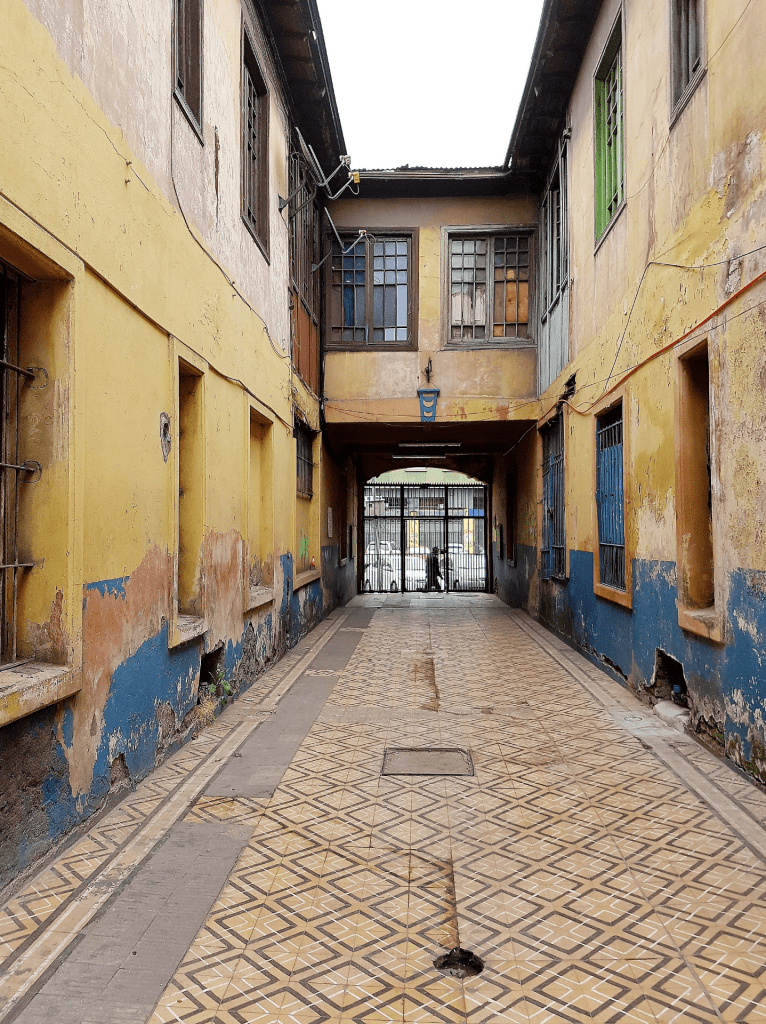By Martin Rogard.
Many people had been waiting in Mexico for months to make their asylum claim legally in the US when, at midday on 20th January 2025, all CBP One appointments with the US Border Force were suddenly cancelled. The CBP One app, which was the only legal land asylum route for people arriving at the US’s southern border, was discontinued the moment Donald Trump’s inauguration began.
The MAGA wing of the US Republican Party had long campaigned to shut down Biden’s controversial CBP One app, claiming it had become a back door facilitating undocumented immigration into the US. I spent two years researching this app – and the various claims made about it – for a chapter of my PhD thesis on the digitalisation of bordering practices, only to realise that it would be discontinued overnight. But how did this app compare to the COVID-era asylum ban that Trump has now effectively reinstated?

Far from the open border policy its detractors portrayed it as, the CBP One app – which has previously been used to automate commercial travel processing – became a mandatory pre-registration step for all non-Mexican US asylum seekers arriving by land. This new protocol, which included a 5-year asylum ban penalty for non-compliance, made:
… people who traveled through a third country but failed to seek asylum or other protections in those countries ineligible for asylum in the United States… [except for those people who can reach central and northern Mexico and make an appointment]… through a DHS [Department of Homeland Security] scheduling system (AIC, 2023; see also Federal Register, 2023: 31399).
Since the app was the only such ‘scheduling system’, the protocol effectively forced asylum-seeking individuals and families to wait in Mexico for months by making their asylum eligibility contingent on securing an appointment through a glitchy, geofenced and data-harvesting lottery system.
CBP One has therefore been part of a shadowy binational bordering scheme colloquially known as ‘El Carrusel’ or ‘the merry-go-round’. The majority of people who made their long journeys to the restricted locations in Mexico where the app could function were swiftly targeted by the heavily militarised Mexican migration governance regime, which included parastatal security agencies such as the ‘grupo enlace’, which claims to enforce government contracts. Migrants report being forcibly bussed back down to Mexico’s border with Guatemala before they had a chance to pre-book or attend their CBP One appointments. Others who evaded ‘El Carrusel’ became highly visible targets for extortion, abduction, theft, exploitation and torture. As a Human Rights Watch report (2024: 4) states, ‘The more difficult it is for migrants to cross the US-Mexico border, the more money cartels make, whether from smuggling operations or from kidnapping and extortion.’
Migrants who did manage to attend their appointment on time after clearing the app’s highly data extractive preliminary security checks were subjected to a ‘credible-fear’ interview. Those deemed convincingly fearful of persecution were granted admission into the US under a temporary, criminalised and precarious status known as ‘humanitarian parole’ while they waited for their asylum decisions – the majority of which were denials, expeditiously followed by detention and eventual deportation.
The CBP One policy has recently been replaced with Trump’s renewed ‘Remain in Mexico’ asylum ban (an indiscriminate policy officially known as ‘Migrant Protection Protocols’ or MPP). In the US, as elsewhere, election cycles tend to be punctuated with big promises of ‘fixing’ the broken asylum system and/or finally ‘securing’ or ‘taking back control’ of national borders. Beneath the rhetoric, however, MPP, CBP One and Trump’s recent flurry of ‘emergency’ executive orders only maintain the status quo: they subject racialised people fleeing persecution and violence to further suffering and containment, failing to meet the standards of international law or provide truly accessible, safe and legal routes for asylum.
Despite the recent termination of the CBP One app as an asylum tool, much of my research remains relevant because it speaks to broader patterns of border digitisation that are expanding states’ reach far beyond pre-existing democratic and legal limits (see also Albert Sanchez-Graells’ post on AI and MigTech in this series). CBP One was repurposed for asylum processing during the COVID-19 pandemic with little public attention. At the time, humanitarian shelter workers in Mexico were tasked with filling out questionnaires on the app on behalf of asylum seekers under a deceptive US government promise to expedite their claims; in reality the app was introduced alongside restrictive immigration policies ‘that sought to increase penalties for crossing the border unlawfully, even to request asylum, and greatly reduce the number of migrants eligible for asylum’ (Kocher, 2023: 6).
But the CBP One app was never just the efficacious ‘scheduling tool’ that the DHS claimed it to be. It was principally a mass-scale data-gathering experiment that exploited undocumented migrants in order to extract a large-scale, non-cooperative dataset featuring biographic, biometric and live-location information. These data were avowedly shared across an equivocal ‘law enforcement community’, likely to train risk-predictive policing algorithms (AIC, 2025: 6; Longo, 2017: 150-153).
As Matthew Longo explains in The Politics of Borders, contemporary ‘smart’ borders have become increasingly reliant on large risk-predictive algorithms in order to ensure that ‘the good [are] let in quickly, and only the risky are slowed down… a process that depends heavily on data’ (Longo, 2017: 141; see also Travis Van Isacker’s post in this series, ‘Who’s in the fast lane?’). These large algorithms are known as ‘convolutional neural networks’. They work by combining the users’ biometric data (facial recognition, iris scans, liveness checks) and biographical data (travel history, gender, age, recent contacts) to build adaptive and multi-layered ‘risk profiles’. The more data they are fed, the better these so-called neural networks allegedly become at predicting and flagging potential ‘criminals,’ ‘terrorists’ and ‘impostors’ prior to any crime, attack or threat having taken place.
Before the CBP One app, for legal and practical reasons, the US’s physical borders were its primary site of personal data accumulation and surveillance. There are restrictions around the private information states can uncooperatively capture from non-citizens outside their jurisdictions. By requiring prospective asylum seekers to book an appointment via a smartphone while they waited in Mexico, the US decentralised and expanded its surveillance capacity far beyond preexisting limits. Conveniently, the geofenced app – requiring live location and prohibiting VPNs – forced its users to remain in Mexico. Since CBP One users were outside its jurisdiction, the US could shed its accountability for the human rights abuses asylum seekers faced while waiting across the border.
The app required the latest phone technology, updated software and stable broadband, excluding anyone unable to meet these expensive requirements. Its limit of four language options also disempowered those who didn’t read English, Spanish, French or Haitian Creole as well as anyone without good literacy skills. Similarly, the app’s so-called ‘glitches’ and design choices, prevented its users from correcting mistakes, contacting support or speaking to a human. The app automatically deleted profiles flagged as spurious, disadvantaging families and/or people with similar names and/or facial features (see, for example, Kocher, 2023: 7-8).
While this ‘smart’ digitised asylum system promised efficiency, its black box design prevented accountability and transparency for the harms it caused. Furthermore, as Human Rights Watch (2024: 26) explains, the insufficient number of appointments available on the app was presented as being due to ‘limited capacity’. Yet, this limited capacity largely reflected the US government’s prioritising of removal proceedings and hyper-securitised bordering over humanely processing asylum seekers.
By amassing vast archives of personal data from non-citizens, which were then shared domestically and internationally without their informed consent, the CBP One app fuelled a new wave of discriminatory and abusive bordering practices. Sold as a ‘technological fix’ this digitisation only perpetuated cycles of violence and disempowerment while expanding the US’s imperial reach beyond existing democratic, physical and legal limits.
Martin Rogard is a doctoral candidate in political theory at the University of Bristol. His research explores how artefactually mediated practices of memory-making and forgetting constitute and unsettle (b)ordering processes in the North American borderlands.
This blogpost is part of MMB’s Migration, Mobilities and Digital Technologies series.








